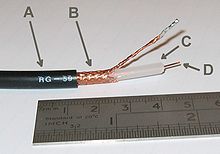Someone experienced in CRTs, PLEASE help me. I'm confused about the G1 and G2 controls.
Questions:
1. The SCREEN pot on the flyback connects to the accelerating anode, right?
2. Which controls in the CRT adjust the G1 control grid voltage? My guess would be that the drive and low-light controls on the neck board are connected to the G1, considering that both the control grid and the drive/low-light controls affect the individual brightness of each cathode.
Questions:
1. The SCREEN pot on the flyback connects to the accelerating anode, right?
2. Which controls in the CRT adjust the G1 control grid voltage? My guess would be that the drive and low-light controls on the neck board are connected to the G1, considering that both the control grid and the drive/low-light controls affect the individual brightness of each cathode.



